
Copernical Team
Russia launches first Moon mission in nearly 50 years
 Russia launched its first probe to the Moon in almost 50 years on Friday, a mission designed to give fresh impetus to its space sector, which has been struggling for years and become isolated by the conflict in Ukraine.
The launch of the Luna-25 probe is Moscow's first lunar mission since 1976, when the USSR was a pioneer in the conquest of space.
The rocket with the Luna-25 probe lifted
Russia launched its first probe to the Moon in almost 50 years on Friday, a mission designed to give fresh impetus to its space sector, which has been struggling for years and become isolated by the conflict in Ukraine.
The launch of the Luna-25 probe is Moscow's first lunar mission since 1976, when the USSR was a pioneer in the conquest of space.
The rocket with the Luna-25 probe lifted Watch NASA engineers put a Mars lander's legs to the test
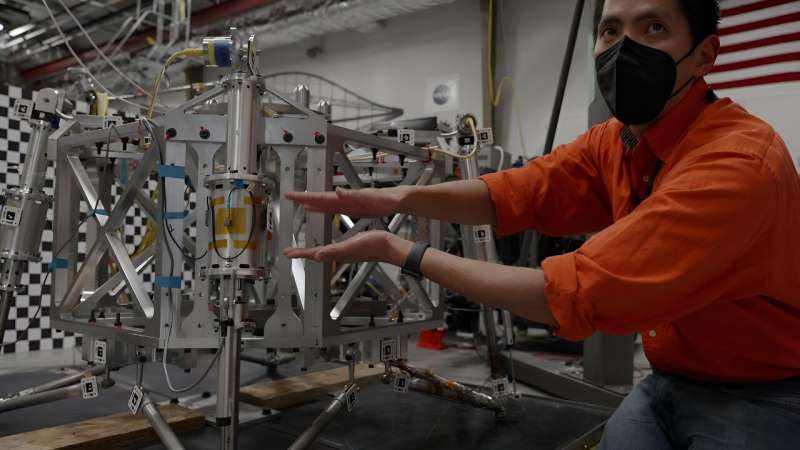
Sturdy legs are needed to absorb the impact of the heaviest spacecraft to ever touch down on the Red Planet.
NASA's Perseverance rover continues to rack up tubes filled with rock core samples for the planned Mars Sample Return campaign. The joint effort by NASA and ESA (European Space Agency) seeks to bring scientifically selected samples back from Mars to be studied on Earth with lab equipment far more complex than could be brought to the Red Planet. Engineers are busy designing the Sample Retrieval Lander that would help bring those samples to Earth. As part of that effort, they've been testing prototypes of the lander's legs and footpads at NASA's Jet Propulsion Laboratory in Southern California.
Russia is to launch its first mission to the moon in almost 50 years
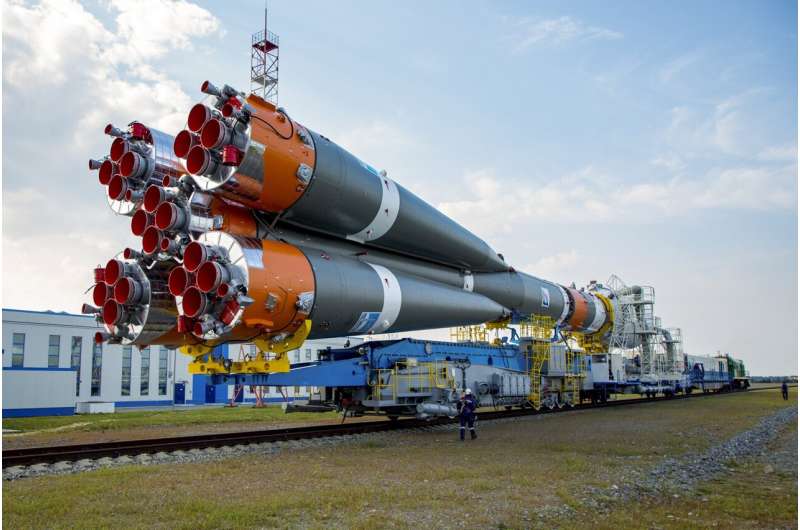
Virgin Galactic's first space tourists finally soar, an Olympian and a mother-daughter duo
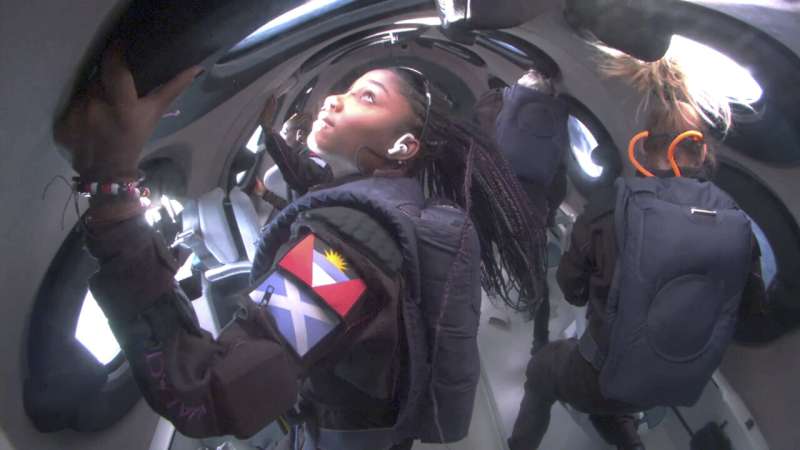
NASA to Host Media for Asteroid Capsule Drop Test Briefing in Utah
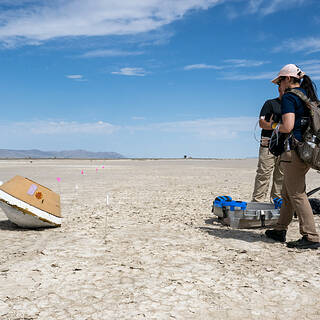 Media are invited to Utah’s western desert on Wednesday, Aug. 30, to learn about NASA preparations and readiness to receive America’s first asteroid sample collected in space.
Media are invited to Utah’s western desert on Wednesday, Aug. 30, to learn about NASA preparations and readiness to receive America’s first asteroid sample collected in space. Virgin Galactic takes off with its first tourists on flight to the edge of space
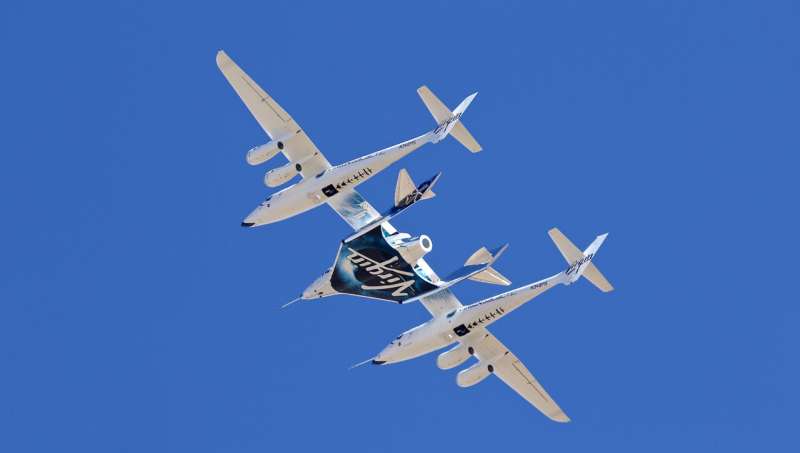
Hera's mini-radar will probe asteroid's heart
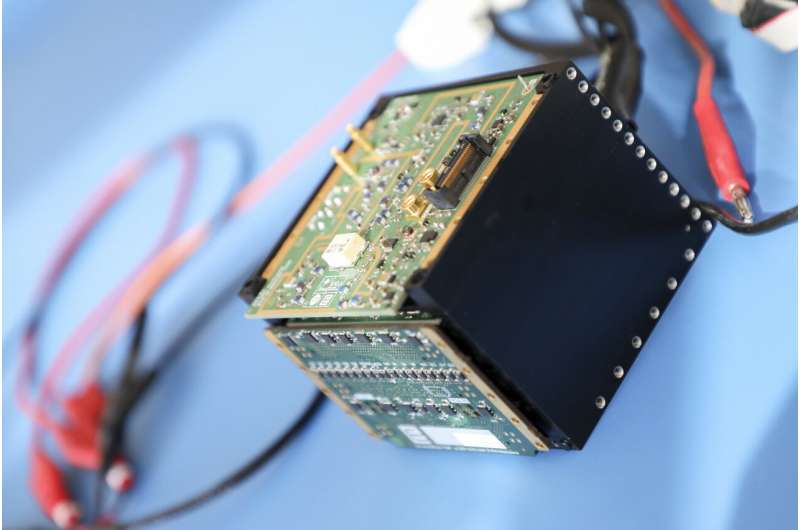
The smallest radar to fly in space has been delivered to ESA for integration aboard the miniature Juventas CubeSat, part of ESA's Hera mission for planetary defense. The radar will perform the first radar imaging of an asteroid, peering deep beneath the surface of Dimorphos—the Great Pyramid-sized body whose orbit was shifted last year by the impact of NASA's DART spacecraft.
"This delivery marks a definite milestone," comments Alain Hérique of Institut de Planétologie et d'Astrophysique de Grenoble (IPAG) at the University Grenoble Alpes in France, the instrument's principal investigator.
"We have been working hard in recent weeks to finalize the radar for its handover. But this is far from the end of our involvement. IPAG and our project partners will be following the process of integration, especially in terms of connection with the rest of the CubeSat, to optimize the performance of the finished instrument, and to calibrate its performance to ensure we interpret our science data as best we can once we are in space.
Micropatch algorithm improves ground-to-spacecraft software update efficiency
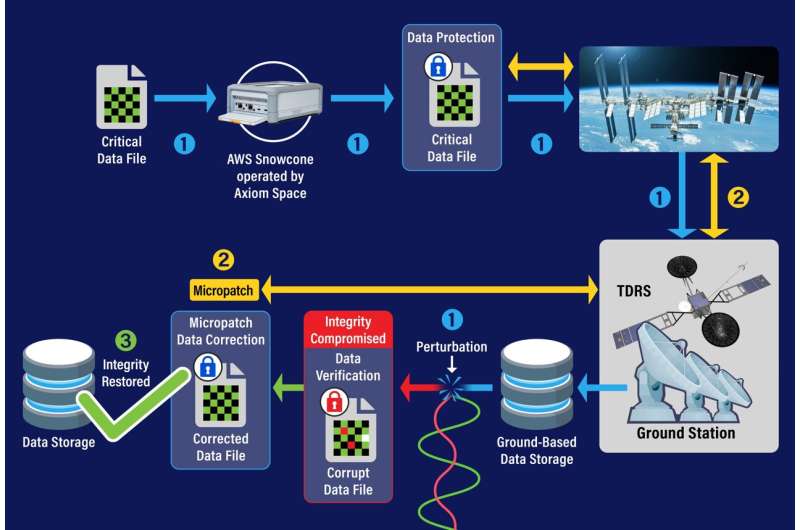
Course correction keeps Parker Solar Probe on track for Venus flyby
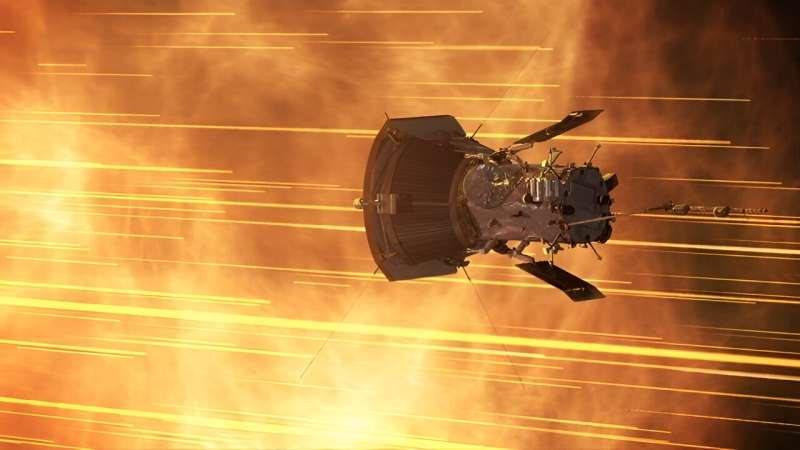
NASA's Parker Solar Probe executed a short maneuver on Aug. 3, 2023, that kept the spacecraft on track to hit the aim point for the mission's sixth Venus flyby on Monday, Aug. 21, 2023.
Operating on preprogrammed commands from mission control at the Johns Hopkins Applied Physics Laboratory (APL) in Laurel, Maryland, Parker fired its small thrusters for 4.5 seconds, enough to adjust its trajectory by 77 miles and speed up—by 1.4 seconds—its closest approach to Venus. The precise timing and position are critical to that flyby, the sixth of seven approaches in which Parker uses the planet's gravity to tighten its orbit around the sun.
"Parker's velocity is about 8.7 miles per second, so in terms of changing the spacecraft's speed and direction, this trajectory correction maneuver may seem insignificant," said Yanping Guo, mission design and navigation manager at APL.
Take a journey around ESA’s sites

Take a journey around ESA’s sites
One ESA: a journey through Europe's space program

